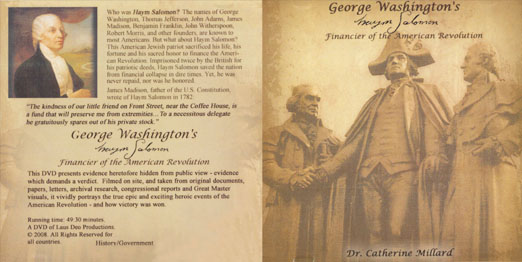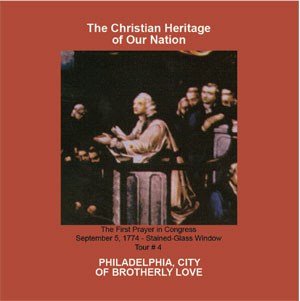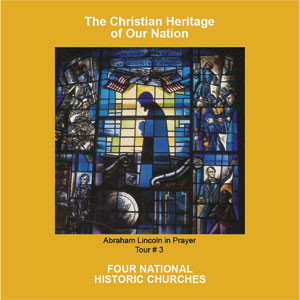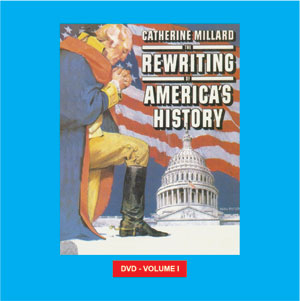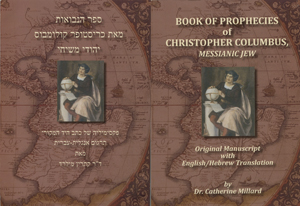Isaac Newton was born at Woolsthorpe, in Lincolnshire, on the 25th December, 1642, the year in which Galileo died… He was a genius in the realm of Science. His discoveries of the System of the Universe; the Law of Gravity; Mathematical Principles of Natural Philosophy; a New Calculus; the Parabolic Curve; Optics – A Treatise of Light; and the Reflecting Telescope, among many others, revolutionized the world…
Newton’s “First Cause – A Being Incorporeal, Living, Intelligent, Omnipresent” – Nature doth Nothing in Vain
In explaining the true method to be pursued in natural philosophy, Newton says, in his Twenty-eighth Query, “the main business of this science is to argue from phenomena, without feigning hypotheses, and to deduce causes from effects, till we come to the very First Cause; which certainly is not mechanical: and not only to unfold the mechanism of the world, but chiefly to resolve these and such like questions. What is there in places almost empty of matter, and whence is it, that the sun and planets gravitate towards one another, without dense matter between them? Whence is it that nature doth nothing in vain, and whence arises all that order and beauty, which we see in the world? To what end are comets, and whence is it that planets move all one and the same way, in orbs concentric, while comets move all manner of ways in orbs very eccentric; and what hinders the fixed stars from falling upon one another? How came the bodies of animals to be contrived with so much art? And for what ends were their several parts? Was the eye contrived without skill in optics, and the ear without knowledge of sounds? How do the motions of the body follow from the will, and whence is the instinct in animals? Is not the sensory of animals that place to which the sensitive substance is present; and into which the sensible species of things are carried through the nerves and brain, that there they may be perceived, by their immediate presence to that substance? And these things being rightly dispatched, does it not appear from phenomena, that there is a Being Incorporeal, Living, Intelligent, Omnipresent, who in infinite space, as it were, in His sensory, sees the things themselves intimately, and thoroughly perceives them, and comprehends them wholly by their immediate presence to Himself; and which things, the images only, carried through the organs of sense to our little sensoriums, are there seen and beheld, by that which in us perceives and thinks; and though every true step made in this philosophy bring us not immediately to the knowledge of the First Cause, yet it brings us nearer to it, and on that account is to be highly valued?”
“Observations upon the Prophecies of Holy Writ,
particularly the Prophecies of Daniel and the
Apocalypse of St. John.”
This leads us to speak of another work of Newton, which is an historical memoir. The title is, “Observations upon the Prophecies of Holy Writ, particularly the Prophecies of Daniel and the Apocalypse of St. John.”
Furnished with what he considered a key to prophetical language, Newton successively made observations on Daniel and St. John and endeavors to produce, from their prophecies, the historical events that have taken place since their time. His work is immense; it embraces not only the principal epochs, and the most important events, in the ancient, and in a part of the middle ages, but also a multitude of particular facts, of chronological observations, and of researches on civil or ecclesiastical antiquities, showing deep and extensive knowledge, taken from the most authentic sources. To give an idea of the detailed applications by which Newton has allowed himself to be carried away in this singular composition, we will extract a passage in the seventh and eighth chapters of the first part. Newton has explained the ten horns of the fourth beast of Daniel by the ten kingdoms which the barbarians founded on the ruins of the Roman empire in the west, and has rapidly traced the history of each of these kingdoms, in order to show how it agrees with the prophecies. It remains to explain the eleventh horn of the same beast: the words of Scripture are:
Now Daniel considered the horns, and behold there came up among them another horn, before whom there were three of the first horns plucked up by the roots; and behold in this horn were eyes like the eyes of a man, and a mouth speaking great things, and his look was more stout than his fellows, and the same horn made war with the saints, and prevailed against them: and one who stood by, and made Daniel know the interpretation of these things, told him, that the ten horns were ten kings that should arise, and another should arise after them and be diverse from the first, and he should subdue three kings, and speak great words against the Most High, and wear out the saints, and think to change times and laws: and that they should be given into his hands until a time and times and half a time.
The Church of Rome
“Now,” says Newton, “kings are put for kingdoms as above; and therefore the little horn is a little kingdom. It was a horn of the fourth beast, and rooted up three of his first horns; and therefore we are to look for it among the nations of the Latin empire, after the rise of the ten horns. But it was a kingdom of a different kind from the other ten kingdoms, having a life or soul peculiar to itself, with eyes and a mouth. By its eyes it was a seer; and by its mouth speaking great things, and changing times and laws, it was a prophet as well as a king. And such a seer, a prophet, and a king, is the church of Rome.”
Newton then supports this analogy by an historical account of the rise and progress of the papal power, the details of which he, in succession, compares with the prophecy. Newton carries this investigation no further than the last half of the eighth century, “because,” says he, “the Pope, by acquiring temporal power, is clearly designated by the prophet:” but carried beyond the limits previously assigned by himself to interpreters, he goes on to predict the epoch of the fall, or at least decline of this temporal power, for translating the expression of Daniel, “a time and times and half a time,” by 1,260 solar years, and indicating the year 800 as about the point to count from. We must remark, that this conclusion is not, in his work, as in those of some other Protestant writers, dictated by any sectarian or party feeling; he states it with all the calm of entire conviction, and with all the simplicity of an evident demonstration.
It appears to be not Newton, but St. John and Daniel, who attack the power of modern Rome, who characterize it by injurious terms, and finally predict its ruin…
O B S E R V A T I O N S
Upon the
A P O C A L Y P S E
of
St. J O H N.
by
Sir Isaac Newton
Dedication.
To the Right Honourable
P E T E R
Lord K I N G
Baron of Ockham, Lord High
Chancellor of Great–Britian.
My Lord,
I shall make no apology for addressing the following sheets to your Lordship, who lived in a long intercourse of friendship with the Author; and, like him, amidst occupations of a different nature, made Religion your voluntary study; and in all your inquiries and actions, have shown the same inflexible adherence to Truth and Virtue.
I shall always reckon it one of the advantages of my relation to Sir Isaac Newton, that it affords me an opportunity of making this public acknowledgment of the unfeigned respect of,
My Lord,
Your Lordship’s
most obedient, and
most humble Servant,
Benj. Smith
Of the relation which the Apocalypse
of John hath to the Book of the Law of
Moses, and to the worship of God in
the Temple.
The Apocalypse of John is written in the same style and language with the Prophecies of Daniel, and hath the same relation to them which they have to one another, so that all of them together make but one complete Prophecy; and in like manner it consists of two parts, an introductory Prophecy, and an Interpretation thereof.
The Prophecy is distinguished into seven successive parts, by the opening of the seven seals of the book which Daniel was commanded to seal up: and hence it is called the Apocalypse or Revelation of Jesus Christ. The time of the seventh seal is sub-divided into eight successive parts by the silence in heaven for half an hour, and the sounding of seven trumpets successively: and the seventh trumpet sounds to the battle of the great day of God Almighty, whereby the kingdoms of this world become the kingdoms of the Lord and of His Christ, and those are destroyed that destroyed the earth…1
To learn more, click here.
_______________________
Bibliography:
1 Newton, Sir Isaac. Observations upon the Prophecies of Daniel, and the Apocalypse of St. John. In Two Parts – Part II. (Abridged). Printed by J. Darby and T. Browne in Bartholomew-Close, London. 1733. Library of Congress, Rare Book Collection. Washington, D.C.

